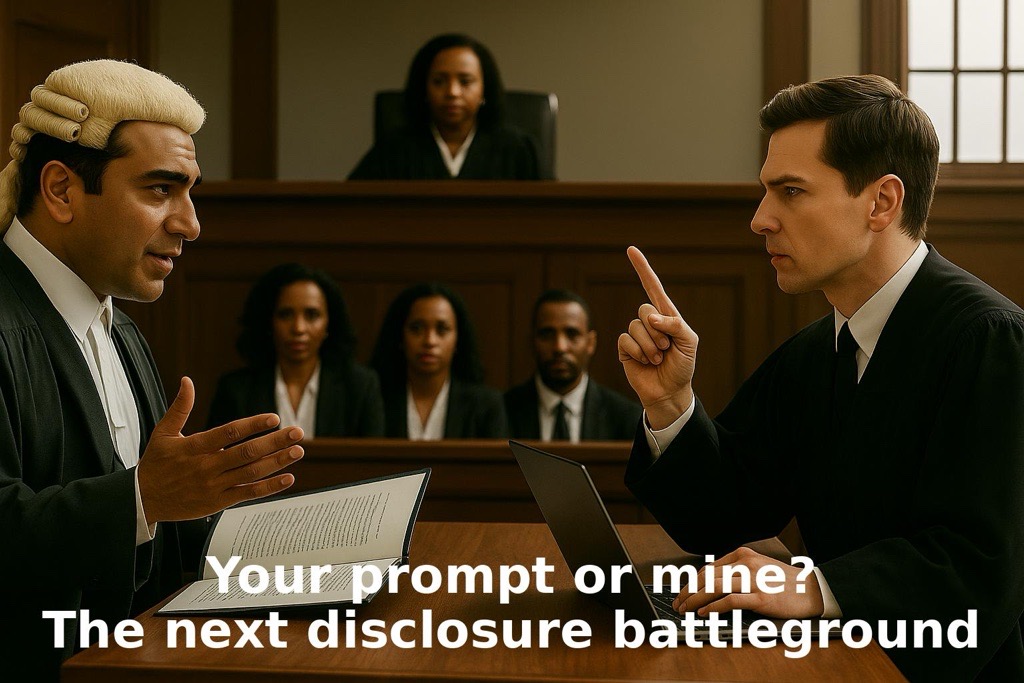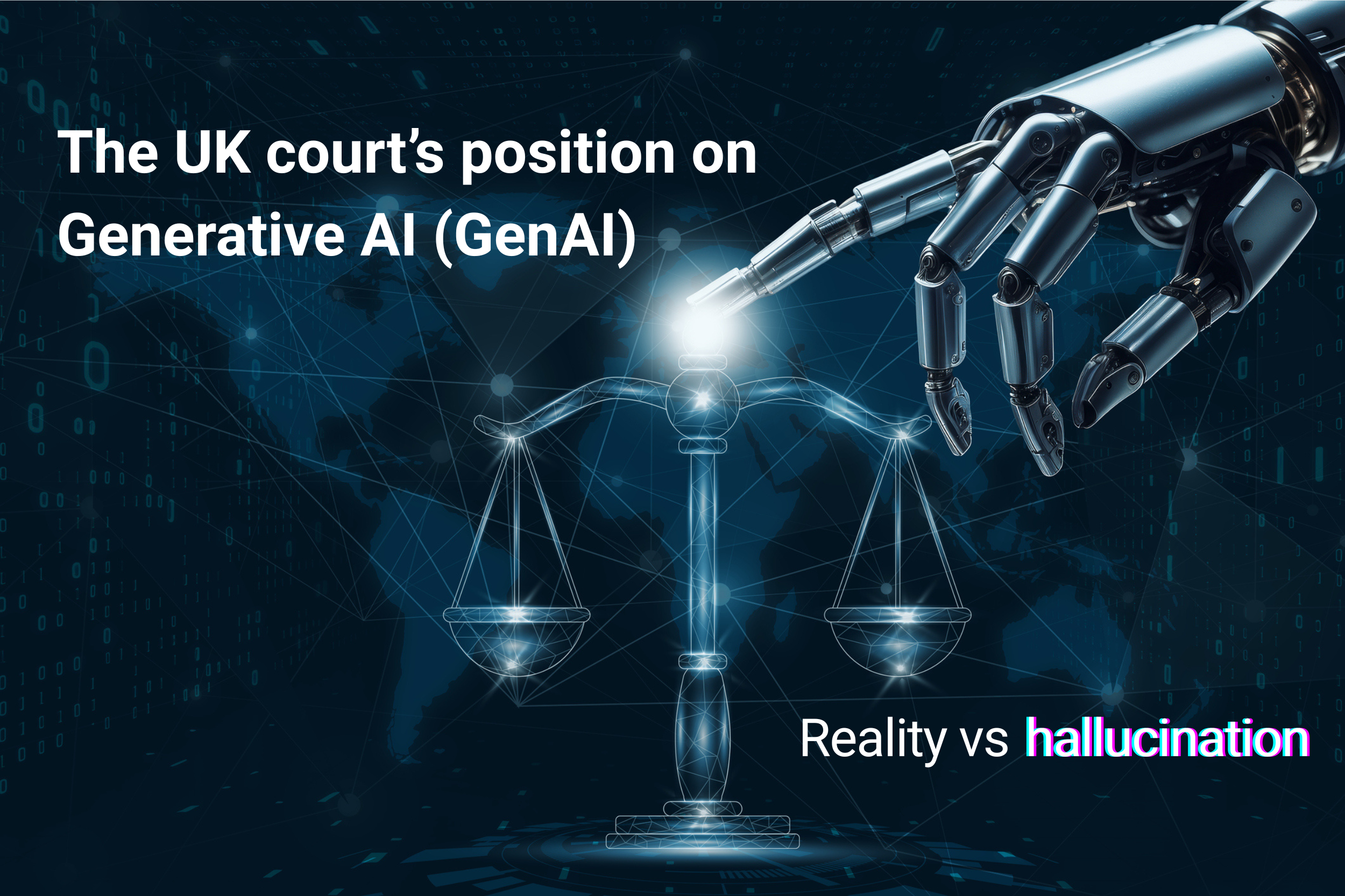If you could click once and let Al do your disclosure ... would you? Should you?
The idea of the "perfect review" is closer than ever - but what are we risking to get there?
General enquiries: 0800 064 0204
eDiscovery: 020 7242 9601
Reprographics: 020 7405 9178
57 Carey Street, London, WC2A 2JB
Email: info@legastat.co.uk

It appears the time is coming when the most misanthropic of us will finally meet our objective to never leave the house if it can possibly be helped.
This article was first published in May 2014. For more up-to-date advice, please contact us
In a move faintly reminiscent of a movie about a dark future in which all life is conducted via laptop, one Hampshire-based firm is offering a will-writing service via Skype.
The videoconferencing service – largely the preserve of love-struck teenagers and grandparents fondly keeping track of distant relations – allows the firm to meet its code of practice obligations to see clients face to face, without setting foot outside.
Acknowledging the tricky problem of signature, which requires at the very least the meeting of pen and paper if not of lawyer and client – the firm offers the option of either going into the firm to sign, or requesting a home visit (at which point one fondly imagines a young lawyer tentatively entering the cobweb-strewn parlour of a modern Miss Havisham).
Of course, questions as to capacity and vulnerability are crucial to the making of a will, and there are inevitably concerns that identifying undue influence or a lack of capacity is all but impossible online. The firm has hastened to add that all the usual precautions such as personal visits and – if need be – capacity reports from experts will still be used.
This decidedly modern approach to will-making is further evidence of an important trend for lawyers to eagerly harness IT innovations in order to meet the demands of a twenty-first century clientele. And yet there remains a clear need to cherish and prioritise those aspects of legal practice which cannot be accounted for by the binary ticking of a software package, however sophisticated. Much of the lawyer’s profession relies not on code and codas, but on an understanding of human behaviour, and an often entirely intuitive reading of complex personal situations.
At Legastat, we understand that the often bewildering array of legal tech available – from eDisclosure and digital bundles to the use of Skype and eSignatures – should facilitate, and not replace, the traditions of professional legal expertise. However tempting the prospect of the latest app, legal IT innovation should be the means of offering clients the best possible service – and not an end in itself.

The idea of the "perfect review" is closer than ever - but what are we risking to get there?

For years, the battleground has looked familiar.

Reality vs hallucination Cambridge dictionary’s word of the year for 2023 is “hallucinate”. You may think that hallucination is something only humans...